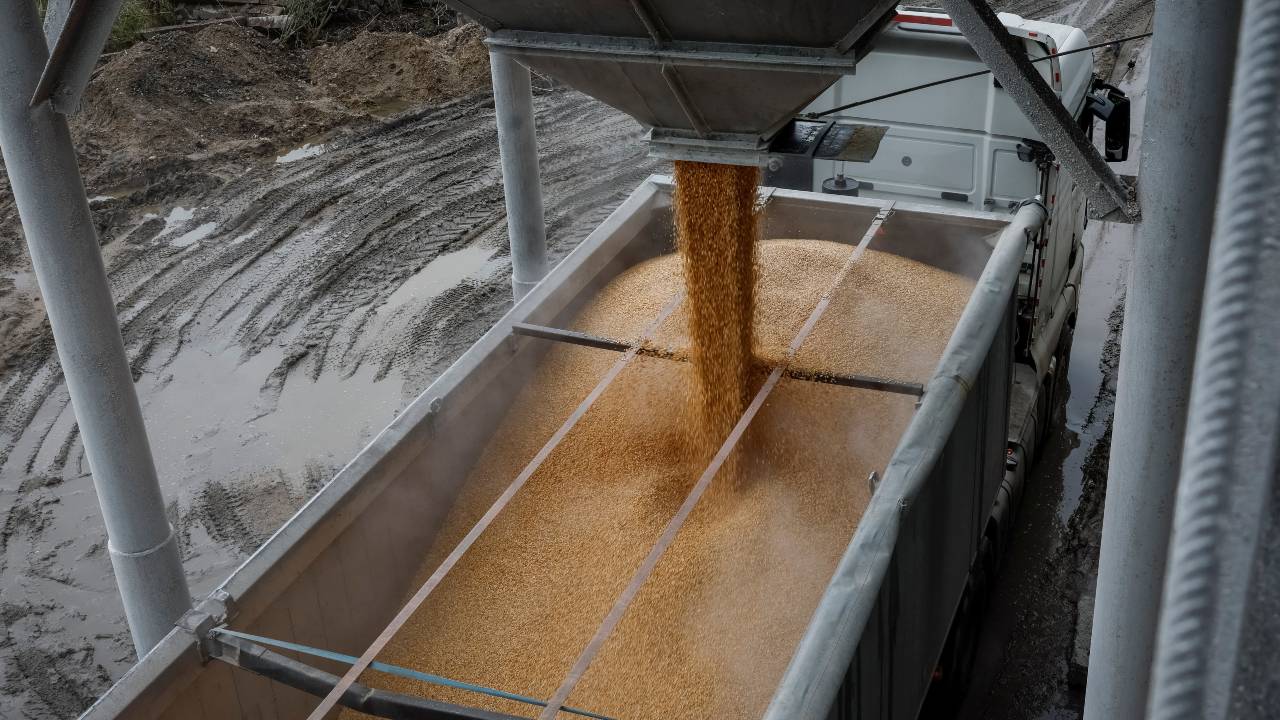
Food insecurity has become a huge global problem. /Reuters
Food insecurity has become a huge global problem. /Reuters
In a new report, the United Nations has found that 258 million people in 58 countries or territories faced acute levels of hunger last year, driven by conflicts and economic shocks around the world.
People in seven nations faced "starvation", including Afghanistan, Haiti and Yemen.
"More than a quarter of a billion people are now facing acute levels of hunger, and some are on the brink of starvation. That's unconscionable," said UN Secretary-General António Guterres.
"This seventh edition of the Global Report on Food Crises is a stinging indictment of humanity's failure to make progress towards Sustainable Development Goal 2 to end hunger and achieve food security and improved nutrition for all."

The FAO paints a bleak picture in its report. /CGTN/Giles Gibson
The FAO paints a bleak picture in its report. /CGTN/Giles Gibson
The Global Report on Food Crises (GRFC) is an annual analysis of food insecurity and hunger levels around the world published by the Food and Agriculture Organization (FAO) of the United Nations. It is put together by a group of international organizations including the UN, the European Union and NGOs.
The group defines acute food insecurity as when "a person's inability to consume adequate food puts their lives or livelihoods in immediate danger."
Focus on five countries
Among its sobering findings, the report identifies five countries that make up a disproportionate percentage of the 258 million people suffering from acute hunger.
More than 40 percent of people facing "acute food insecurity at crisis or worse levels" in 2022 were living in Afghanistan, the Democratic Republic of the Congo, Ethiopia, parts of Nigeria and Yemen.
READ MORE
President Xi talks to Ukraine's Zelenskyy
Butt out: Cigarette pollution in Lisbon
EU living in 'fragile financial world'
Drivers of hunger
The report's authors highlight conflict, economic shocks and climate extremes as key drivers of food insecurity.
Russia's aggression in Ukraine in early 2022 drove up global food and fertilizer prices dramatically. While the report found that prices are now falling, the reasons identified as driving that downward trend are fragile. The Black Sea Grain Initiative, a deal brokered by the U.N. that allows grain exports from some Ukrainian ports, expires on May 18. Russia has not agreed to extend it so far.
Before war broke out in Ukraine, the coronavirus pandemic had also devastated the spending power of low income countries that rely on importing food.
"Paradigm shift"
With acute food insecurity rising for the fourth consecutive year in 2022, the report's authors highlight the need for a "paradigm shift" among the international community.
"This crisis demands fundamental, systemic change. This report makes clear that progress is possible. We have the data and know-how to build a more resilient, inclusive, sustainable world where hunger has no home — including through stronger food systems, and massive investments in food security and improved nutrition for all people, no matter where they live," said the UN's Guterres.
Subscribe to Storyboard: A weekly newsletter bringing you the best of CGTN every Friday